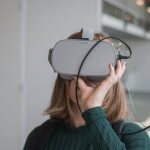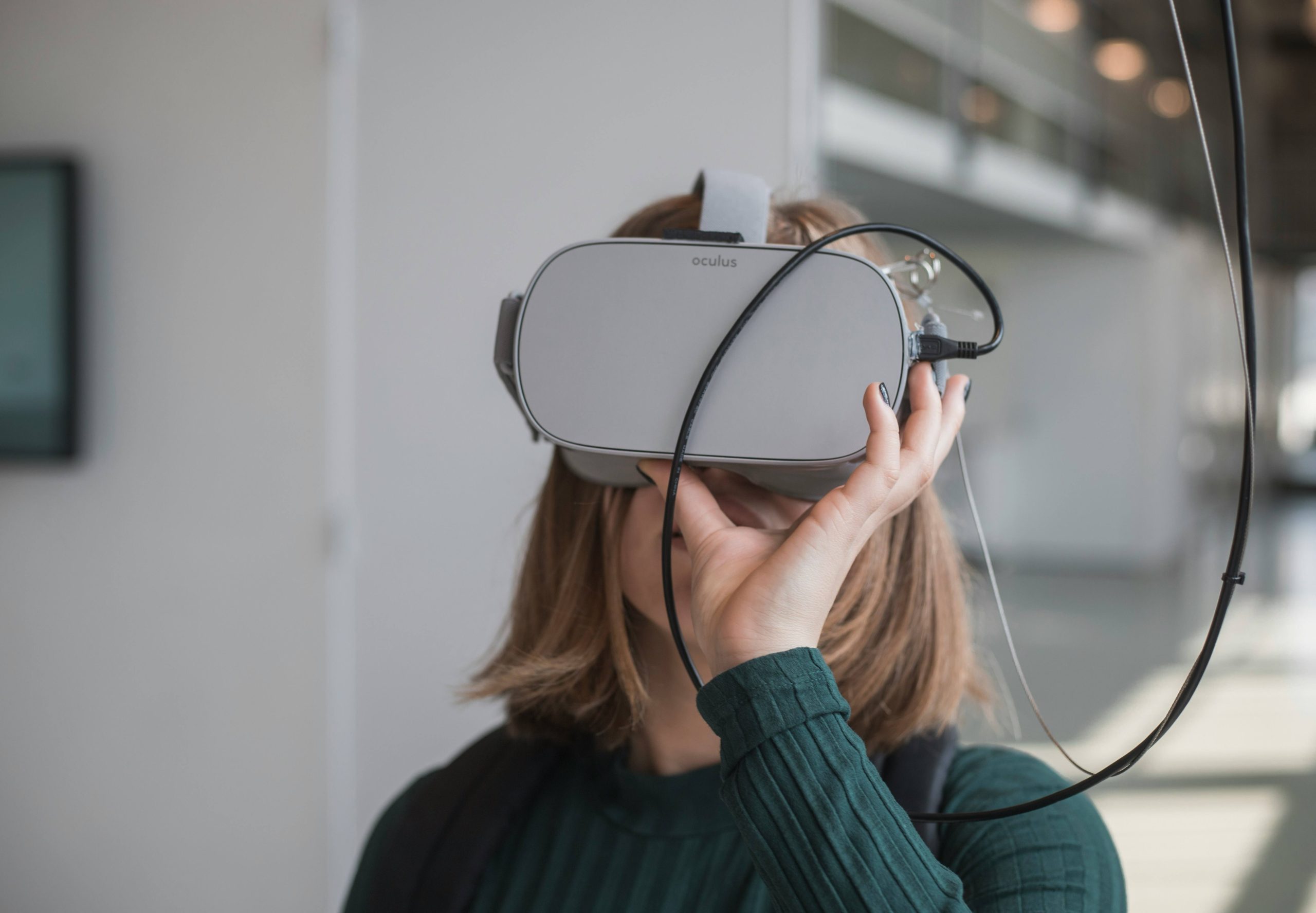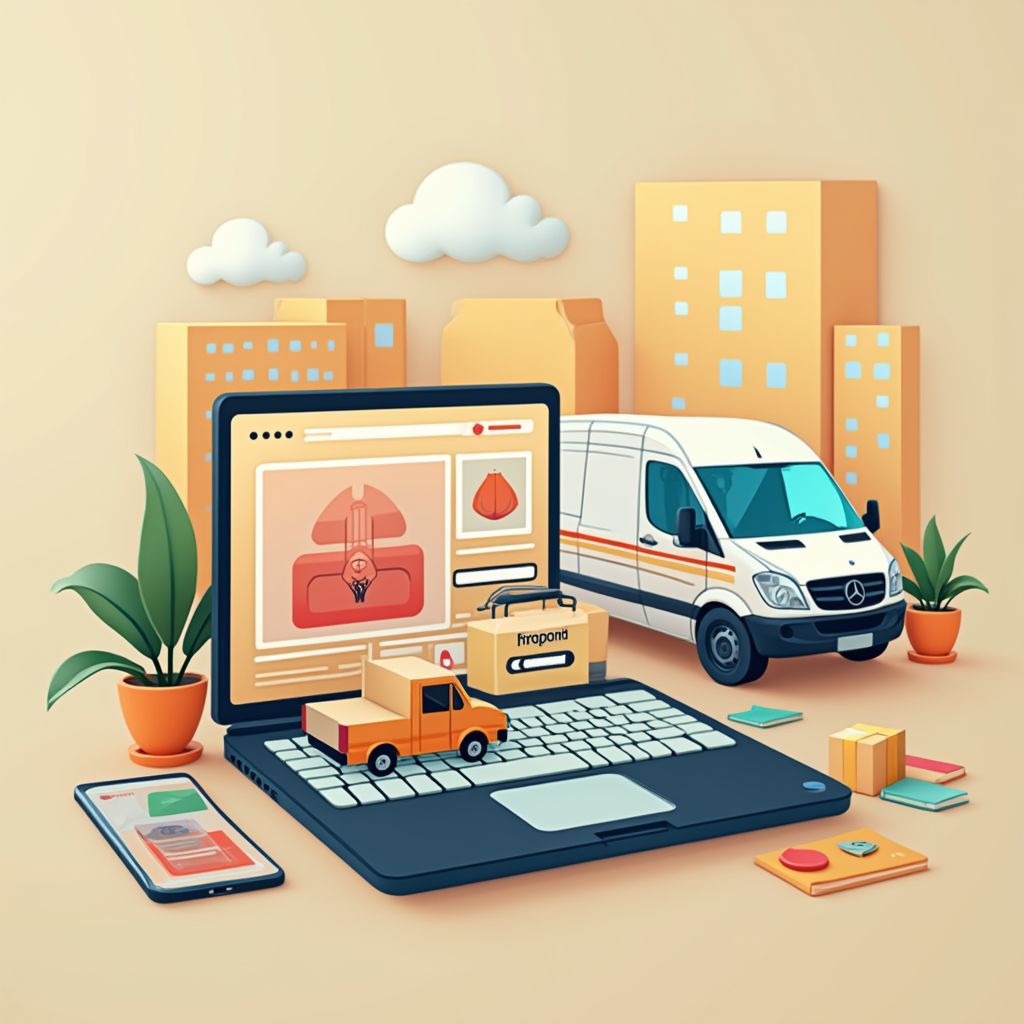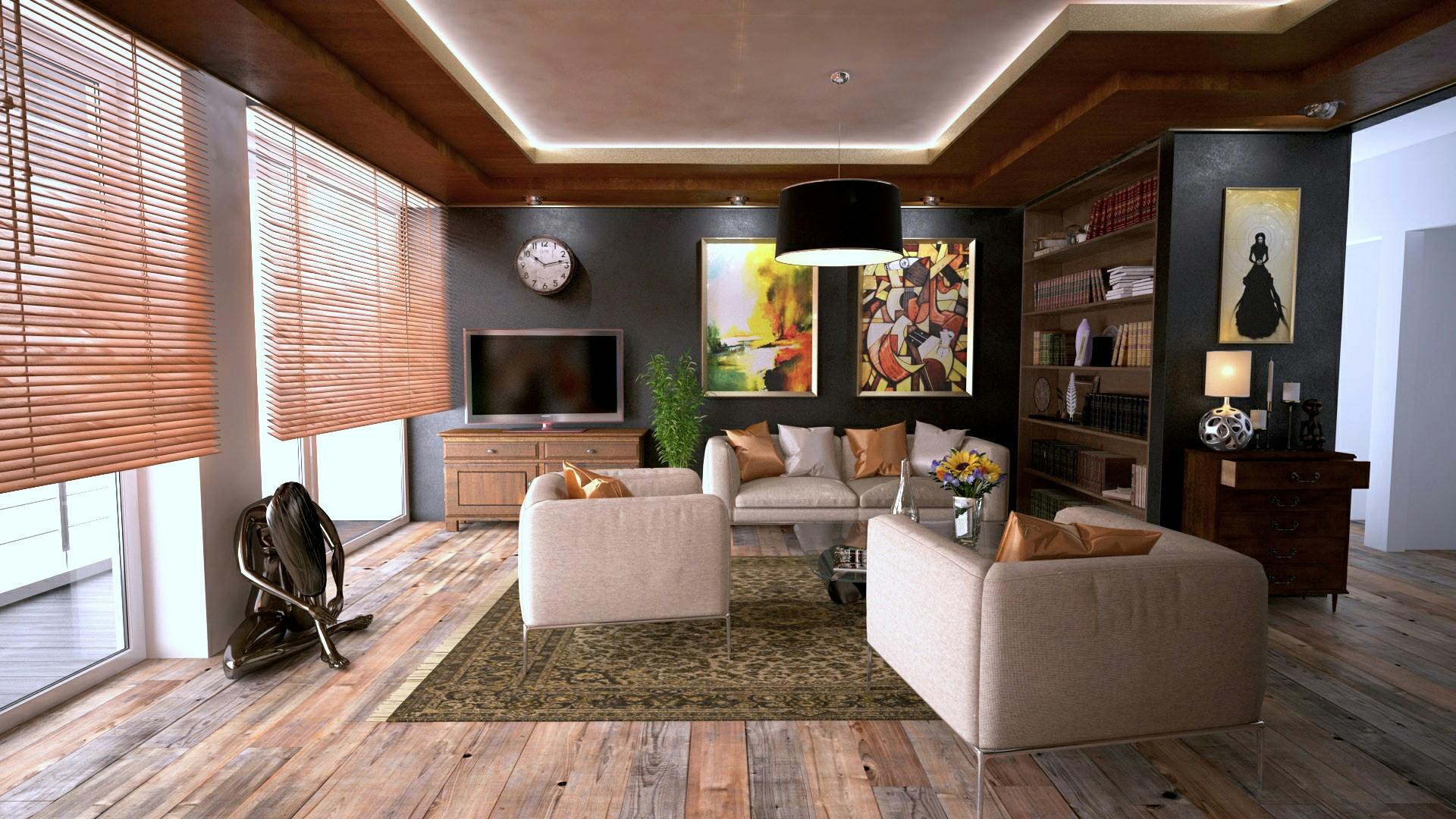For a while, the conversation around immersive tech has been dominated by the metaverse—a persistent, shared virtual world. While that vision still holds potential, the immediate and perhaps more profound impact of technologies like augmented reality (AR), virtual reality (VR), and mixed reality (MR) lies in their practical applications right here, right now. These aren’t just about escaping reality; they’re about enhancing it, making it more efficient, more engaging, and ultimately, more human. The power of immersive tech lies in its ability to bridge the gap between the digital and physical, offering experiences that were previously unimaginable.
More Than Just Games: Unveiling the Practical Power of VR
Virtual Reality, often associated with gaming, is rapidly expanding its horizons. Think about it: the ability to completely immerse someone in a simulated environment opens up incredible possibilities across various sectors.
- Revolutionizing Training and Education: Imagine surgeons practicing complex procedures countless times without risk to a real patient. VR simulations are already making this a reality, offering incredibly realistic and interactive training environments for everything from medical professionals to astronauts. Immersive tech in training allows for hands-on experience in scenarios that would otherwise be dangerous, expensive, or impossible to replicate.
- Transforming Design and Manufacturing: Architects can walk through unbuilt structures, engineers can collaborate on virtual prototypes, and designers can experience their creations in three dimensions before a single physical piece is made. This not only saves time and resources but also allows for better design decisions and fewer errors. The application of immersive tech in these fields leads to more efficient workflows and innovative solutions.
- Enhancing Remote Collaboration: Forget flat video calls. VR meeting spaces allow teams to connect in shared virtual environments, fostering a greater sense of presence and collaboration, regardless of physical location. Imagine brainstorming sessions where everyone feels like they’re in the same room, interacting with virtual whiteboards and 3D models. This is the power of immersive tech in bridging geographical divides.
Blending Worlds: The Everyday Magic of Augmented Reality
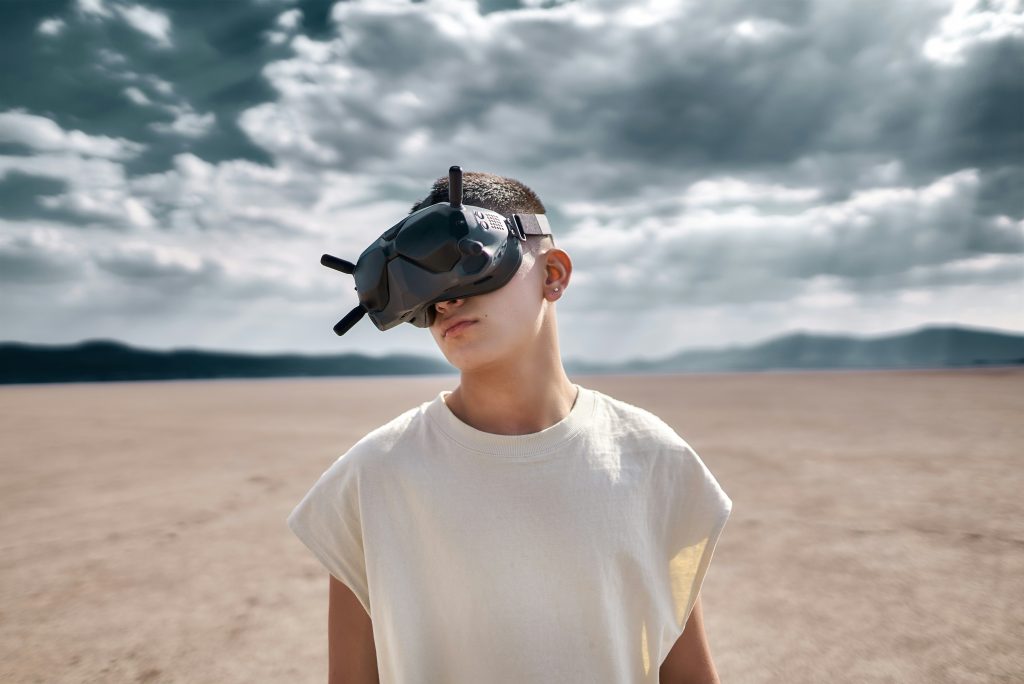
While VR takes you to another place, Augmented Reality overlays digital information onto the real world. This subtle yet powerful capability is already transforming how we interact with our surroundings.
- Navigating and Exploring: Think beyond simple map apps. AR can overlay directions directly onto your view of the street, point out nearby points of interest, and even provide historical information about buildings as you walk past them. This seamless integration of digital information into our physical environment is a key strength of immersive tech.
- Improving Retail and E-commerce: Imagine being able to virtually place furniture in your living room before you buy it, or trying on clothes without ever stepping into a fitting room. AR is making these experiences a reality, enhancing the shopping experience and reducing returns for businesses. The convenience offered by immersive tech in retail is a game-changer.
- Streamlining Industrial Processes: AR glasses can provide technicians with step-by-step instructions overlaid onto the equipment they’re working on, guiding them through complex repairs or maintenance procedures hands-free. This increases efficiency, reduces errors, and improves safety in industrial settings. The practical application of immersive tech in industry is driving significant productivity gains.
The Convergence: Mixed Reality and the Future of Interaction
Mixed Reality takes things a step further by seamlessly blending the real and virtual worlds, allowing digital objects to interact with the physical environment. This opens up even more exciting possibilities.
- Revolutionizing Healthcare: Imagine surgeons using MR to overlay 3D holographic images of a patient’s anatomy onto their body during surgery, providing critical information in real-time. MR is also being used for rehabilitation, allowing patients to interact with virtual environments that aid in their recovery. The impact of immersive tech on healthcare is profound.
- Transforming Education and Training: MR can create incredibly engaging and interactive learning experiences, allowing students to manipulate virtual molecules in a science class or explore ancient artifacts in a history lesson, all within their real classroom. This hands-on approach, facilitated by immersive tech, fosters deeper understanding and engagement.
- Enhancing Collaboration and Design: MR allows designers and engineers to work simultaneously on physical prototypes while interacting with digital models overlaid on top, fostering seamless collaboration and iterative design processes. The collaborative potential of immersive tech is immense.
Getting Started: Embracing the Immersive Revolution

Ready to experience the power of immersive tech for yourself? Here’s a simple guide to get you started:
Step 1: Explore Your Smartphone’s Capabilities
Believe it or not, you likely already have a powerful immersive tech device in your pocket! Many smartphones have built-in AR capabilities. Download some AR apps from your app store—try ones that let you place virtual furniture, play AR games, or explore educational content. This is an easy and accessible way to experience the basics of immersive tech.
Step 2: Consider an Entry-Level VR Headset
If you’re curious about fully immersive VR experiences, there are affordable entry-level headsets available that connect to your smartphone or computer. These can offer a taste of VR gaming, educational content, and even virtual travel experiences. Research different options to find one that fits your budget and interests. Exploring VR through these devices is a great way to understand the potential of immersive tech.
Step 3: Keep an Eye on Emerging MR Technologies
While MR headsets are currently more specialized and often pricier, the technology is rapidly evolving. Stay informed about new developments and consider exploring MR applications as they become more accessible. The future of immersive tech will likely see a greater convergence of AR and VR into seamless MR experiences.
Step 4: Explore Industry-Specific Applications
Are you in a particular industry like healthcare, education, or manufacturing? Research how immersive tech is being used in your field. There might be opportunities to leverage these technologies to improve your work or business. Understanding the industry-specific applications of immersive tech can unlock significant benefits.
Step 5: Stay Curious and Experiment
The world of immersive tech is constantly evolving. Keep reading articles, watching videos, and trying out new applications to stay informed and discover the exciting possibilities that lie ahead. The key to understanding immersive tech is hands-on exploration and a willingness to experiment.
The Future is Immersive: Beyond the Hype, Towards Real Impact
The initial excitement surrounding the metaverse might have felt abstract, but the underlying technologies—immersive tech in its various forms—are delivering tangible value today. From transforming industries and revolutionizing training to enhancing our everyday interactions with the world around us, AR, VR, and MR are proving their worth far beyond the realm of virtual escapism. As the technology continues to evolve and become more accessible, we can expect to see even more innovative and impactful real-world applications emerge. The future isn’t just digital; it’s increasingly immersive, and it’s changing everything. The true power of immersive tech is only just beginning to be realized.

